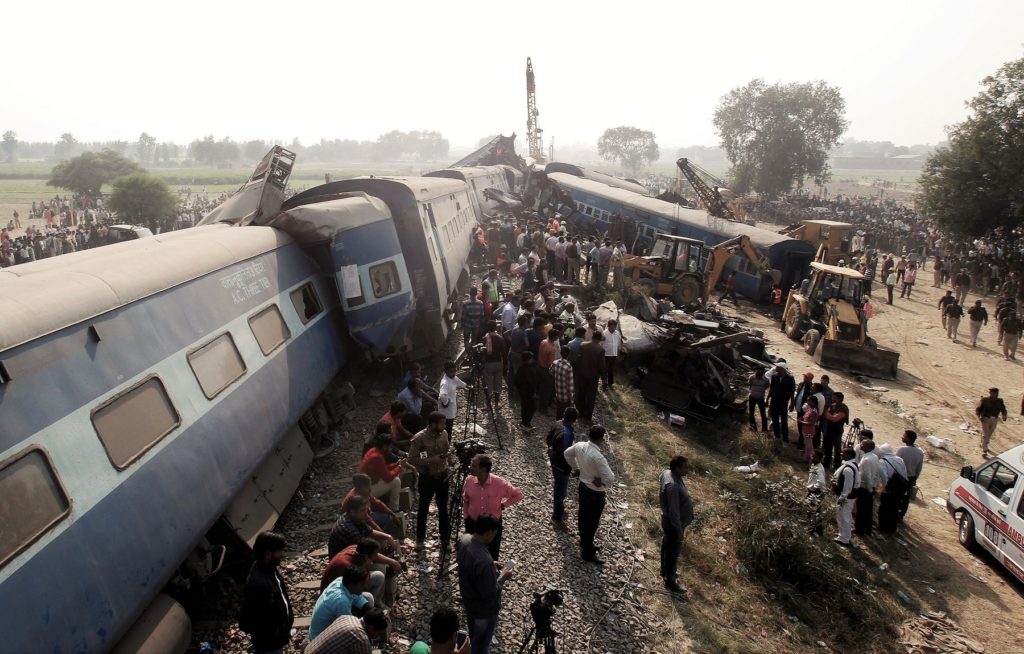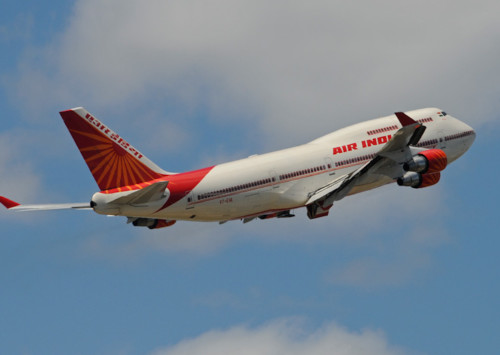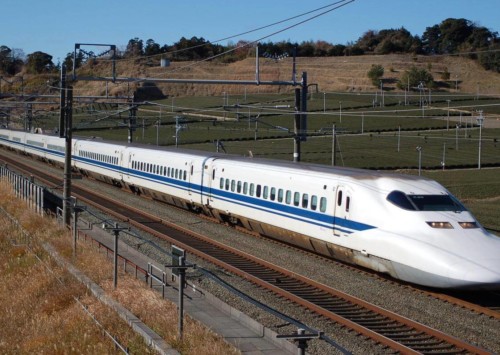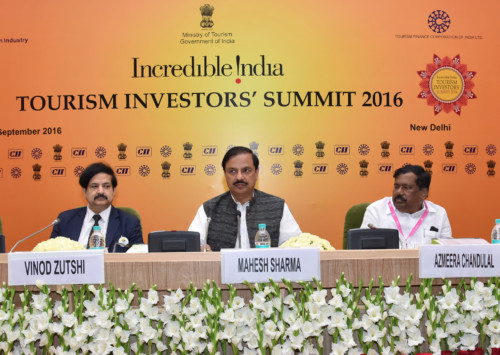Cattle class rail safety in India makes bullet train dreams ludicrous
While condolences and reactions on the catastrophic train derailment are pouring in, serious concerns about the cattle class rail infrastructure in India becomes blatantly evident.
More than 140 passengers were killed (still counting) while 150 others were injured on Sunday as the Patna-Indore Express got derailed in Pukhrayan, near Kanpur in Uttar Pradesh. According to reports, all the 14 cars of the train came off the tracks at wee hours of Sunday morning while most of the passengers were asleep.
The railroad infrastructure in India, known for accidents and disasters, has been under scrutiny for very long. The ill-maintained rail tracks that date back to the British Raj cuts a sorry figure of one of the largest train networks in the world. While Prime Minister Narendra Modi called for efforts to achieve a zero accident target, the lack of infrastructural funds to fine tune the crumbling rail tracks remains a major challenge. The Finance Ministry has recently turned down a project of approximately INR 1.2 trillion (EUR 16.5 billion) requested by the Railway Minister, Suresh Prabhu due to low funds. Moreover, slow implementation of High-Level Safety Review Committee report envisaged in 2012 by Dr Anil Kakodkar made the situation worse for India’s most sought after travel medium.
Enquiry team will start investigation for cause of accident immediately All necessary assistance provided to the affected,We r taking care
— Suresh Prabhu (@sureshpprabhu) November 20, 2016
Do we still need bullet trains? The question looms large as the mishap, allegedly the worst in the last 15 years, shifts the spotlight again on passenger safety issues. More than 24 hours after the incident, the death toll is rising by the minute; however, the officials are yet to divulge a concrete reason for the incident. While a few say that the derailment was a result of a rail fracture – a crack in the tracks – the exact reason is still not known. In such a predicament, India under the ambitious leadership of Modi dreams to have high speed rail or bullet trains in the coming years. Achieving a zero accident railroad in India still looks unreal as the yearly rail budgets keep adding new trains and over-burdening the fragile tracks and viewing little in terms of improving the infrastructure.
Disaster management & safety measures
As the despair of this massive train accident encapsulates the national sentiments, the hopeful side of the story is the relentless work put in by the National Disaster Response Force (NDRF) at the incident site.
The rail track maintenance is handled manually by an army of rail workers typically known as gangmen or trackmen. It is quite abysmal if you figure out the physical way that Indian Railways maintain the massive length of rail tracks across the country. There would be around 200,000 trackmen in the country that walk along a stretch of 5 kilometres to check for defects carrying heavy equipment and at times when the tracks are very much operational. While the safety of millions travelling on the trains depends on these trackmen, there are casualty reports of at least 300 of them every year.
France expresses solidarity
Meanwhile, condolences from various parts of the world are coming in, assuring support and expressing grief. The spokesperson of the Ministry of Foreign Affairs and International Development of France expressed the solidarity of France in this terrible ordeal. “It is with deep grief that we learnt of the Indore-Patna Express accident on November 20 in Kanpur, which claimed the lives of over one hundred people, according to the latest toll. France offers its condolences to the near and dear ones of the victims of this tragedy and wishes a speedy recovery to the injured,” the statement from the Embassy of France in India said.













